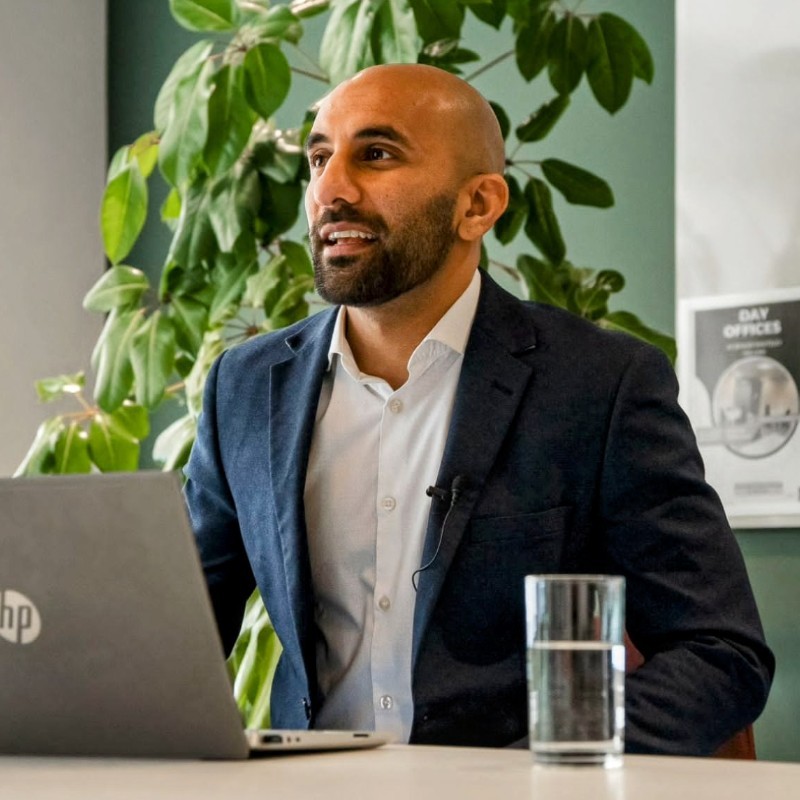The field of Customer Success is dynamic and ever-evolving.
Over the past three years, we’ve witnessed significant shifts in the landscape, particularly during the COVID-19 pandemic. The economic challenges brought on by the pandemic have emphasized the importance of client retention, leading to a surge in demand for skilled professionals in Customer Success.
As a specialist consultant in this field, I’ve had the opportunity to interact with hundreds of candidates and clients each week. This has given me a unique perspective on the market, allowing me to observe trends and changes from both sides of the fence.
One trend that stood out was the increase in salaries and benefits offered to attract top talent, leading to a salary bubble. As Customer Success became more mainstream, the demand for strategic leaders such as Heads of, Directors, VPs, and even Chief Customer Officers surged.
However, this approach proved unsustainable, and the bubble inevitably burst.
The past 6-9 months have shown this due to various factors, including new technology, the rise of CS platforms, AI, ongoing challenges from COVID, global conflict, and economic challenges.
These factors have led to many SaaS businesses reducing their headcount or limiting growth, resulting in a saturated market with high competition for Customer Success roles.
Now, more than ever, it’s crucial to have a CV and cover letter that resonates and aligns with the role you’re applying for.
Here are seven things you can do to stand out from the crowd during these challenging times.
TL;DR
These tips have been gathered from hundreds of calls with candidates and hiring managers alike, so I hope they come in handy.
- Make your CV shout ‘Customer Success.’ It should be abundantly clear by skimming that you are a Customer Success professional.
- Sharpen your commercial skills. These are more desirable and will only become more so.
- Tech is here to stay! You don’t need to be an expert. You just need to be more so than the next candidate.
- Be Engaging. It will be critical in your job, so show you can be at every opportunity.
- Ask questions. As with (4), it’s critical to your job, so prove you do it.
- Add Value. Same with (4) and (5) – it’s critical to your role, so have examples ready.
- A story engages and flows. It helps the audience understand. That’s what you want!
1. Make Your CV Scream Customer Success
Although job titles are great, the term Customer Success has been misused by so many businesses.
How can you demonstrate that you are an actual Customer Success expert?
Include key acronyms, buzzwords, and key statistics. Examples might be; the number of clients, ARR or MRR, targets and performance versus retention, NRR, upsell value, or CSAT.
Here is an excellent resource on the top CS keywords to include in your resume.
2. Develop Commercial Acumen
Speaking to Hiring Managers, the desire for CSMs with an eye for commercial opportunity is growing. With such critical assessment of departments, being able to attribute a commercial gauge of Customer Success has become more prominent.
Now, I’m not saying you need to be a hard salesperson but do develop your ability to identify potential opportunities, explore it, nurture it, and secure it. All within a customer-centric way, built around driving towards the customers’ needs.
‘Selling’ is not the same as ‘solving.’
3. Understand Emerging Technology
Inevitably, technology will provide services and solutions that were once human-delivered. But maximizing the use of this technology still requires human interaction.
I’m not expecting anyone to suddenly become a Gainsight hero overnight, but try and understand what tech is out there, how it works, what it can do, and perhaps, what it can’t. Look at future tech with the emergence of AI and the various AI chat solutions. Can that be amalgamated into your skillset?
You don’t need to be better than the technology; you need to be better with the technology than the other applicants!
4. Be Engaging in Interviews
CSMs should be engaging, so use every interaction with a business to show that you are! Show the hiring manager, Directors, C-levels, and your potential new teammates that you have gravitas, can capture an audience, and as a result, have absolute buy-in from your client base.
There’s nothing worse than hearing that a candidate wasn’t engaging, didn’t connect with the interviewer, or had no energy!
This is 101!
5. Be Naturally Inquisitive
Customer success involves understanding the customer’s objectives, goals, stakeholders’ pain points, and how you can provide a solution that meets their needs.
Questions are so crucial to a CSM.
- What goals do you want to achieve?
- Why do you want to achieve these goals?
- When do you need to achieve them?
- How will you know you’ve achieved them?
- Questions, questions, questions!
Show this keenness to understand during the interview. Ask about the team, the CRM or tech stack, the client base, and the methodology. Ask about the business, growth plans, and objectives. Show them that you want to understand how you could fit into the business and the value you can bring.
6. Be Prepared to Talk Value
Be prepared to show how you genuinely add value to your clients. Not just “I do QBRs, make sure clients are happy, drive retention,” etc.
Every CSM and their dog does this!
To talk about actual value creation, you must come prepared.
- What does value look like for your book of business?
- How do you drive value for your customers?
- What insights do you offer your clients based on your product knowledge and the data you analyze?
- How do you ensure your advice aligns with their objectives and goals?
- How do you continually measure objectives and ensure they are still relevant?
- How often do you engage your clients, and how do you dictate who gets what level of attention?
- I have encountered several CSMs who struggle to explain the value they deliver to their customers, making me question whether their retention success is solely due to their efforts or a reliable platform.
7. Tell a Story
Similar to the previous points, telling a story is a great way to engage an audience and talk through a situation in a structured and measured way. Think about a case study you might see or any case studies you have seen; they are usually built and structured similarly.
Client challenge > previous actions > review & assessment > proposal > execution/activity > outcome > measure of success (and possibly) > remedial actions.
Can you take a client example and apply a similar story fit?
You could apply this to an upsell opportunity, onboarding a new client, turning around a high-risk client, and dealing with a complaint. While, as a CSM, some of these points and steps may be hidden from the client, you want to show that each stage is factored in and that you can successfully manage any situation.
Here is a great resource on the STAR technique.
https://www.csinsider.co/email/how-to-track-your-work-accomplishments
___________________________
These are some pointers I have found from my day in day out involvement in the exciting world of SaaS and Customer Success.
ABR Talent, and I, have and do work with some fantastic start and scale-up SaaS businesses across the tech landscape. We’ve seen what works and doesn’t work, and we keep ourselves close to the direction Customer Success is going in so we can continue to be that trusted advisor and consultant to their growth.
To those reading this, I hope it helps, and best of luck with your ongoing search for candidates or roles!
Maybe we’ll speak in the future!




